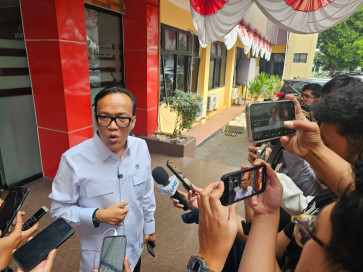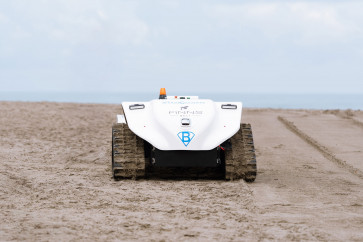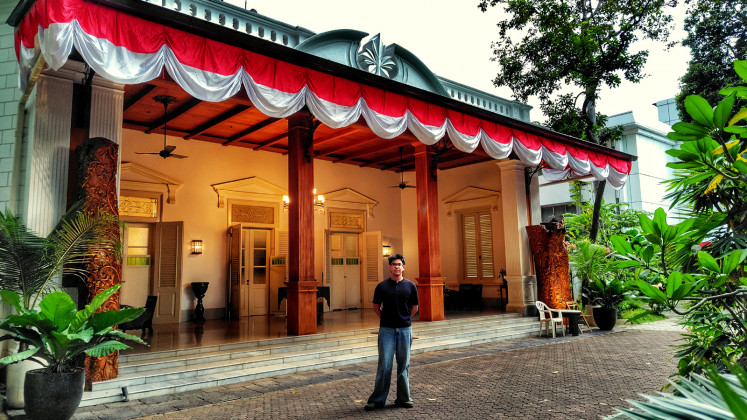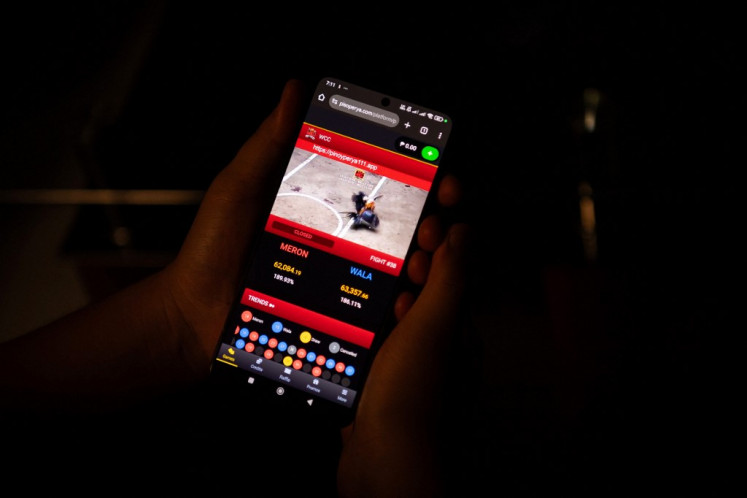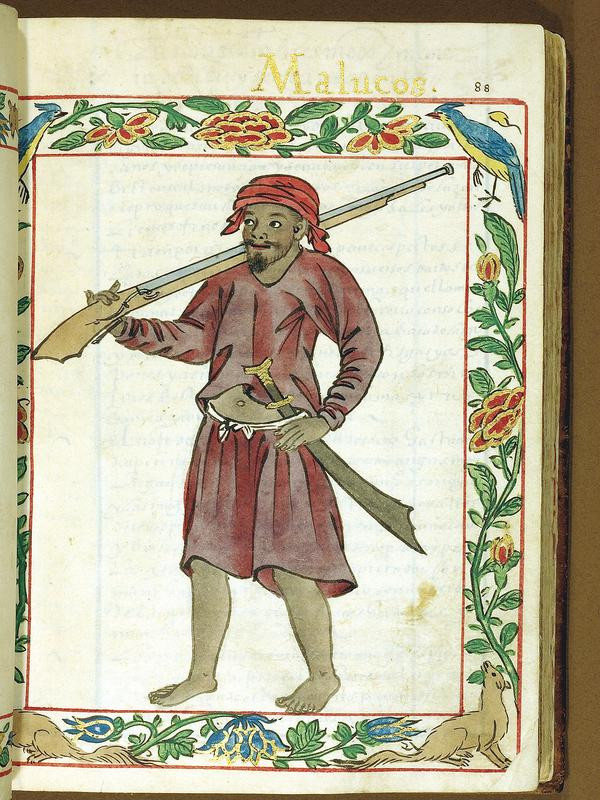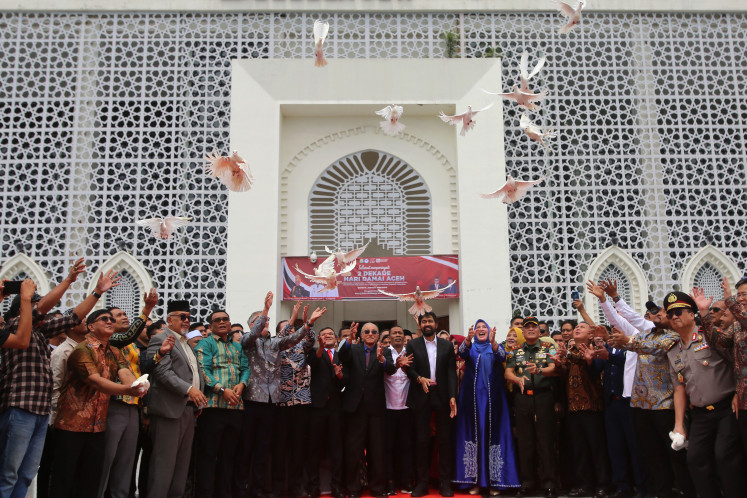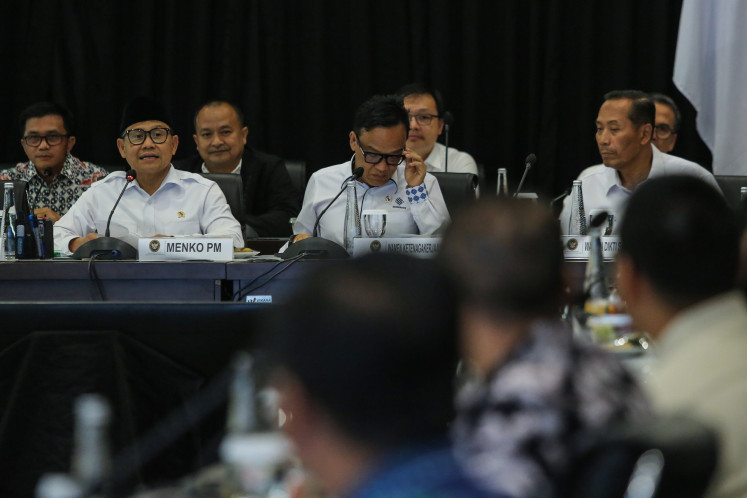Popular Reads
Top Results
Can't find what you're looking for?
View all search resultsPopular Reads
Top Results
Can't find what you're looking for?
View all search results'Arka Suta': A new beginning for Padneçwara
In its 41st year, classical Javanese dance group Padneçwara is getting younger as the founder’s daughter, Rury Nostalgia, steps in to center stage, bringing a fresh point of view on the age-old narration that inspires performance and presentation.
Change text size
Gift Premium Articles
to Anyone
T
he welcomed new direction was palpable at the staging of dance opera Arka Suta (Descendent of the Sun) at Graha Bhakti Budaya theater hall, Taman Ismail Marzuki art and cultural center, Central Jakarta, on March 16 and 17. The performance will be Rury Nostalgia’s debut as lead choreographer. She is the daughter of Javanese dance maestro Retro Maruti, who founded the classical Javanese dance group Padneçwara.
“I’ve been expecting her to take the lead for quite some time and now she fulfilled my lifetime wish,” said the 70-year-old Retno, who established the dance group in 1976, which started as a communal activity for women wanting to learn the classical dance.
“She’s been involved in reshaping my past choreography before, but now she has found her confidence and even took the initiative to organize celebratory events. This year’s performance is special because it’s Rury’s,” Retno said of her daughter.
Retno, who also performed in the dance opera, said the choreography, the music and the stage management felt “younger” now.
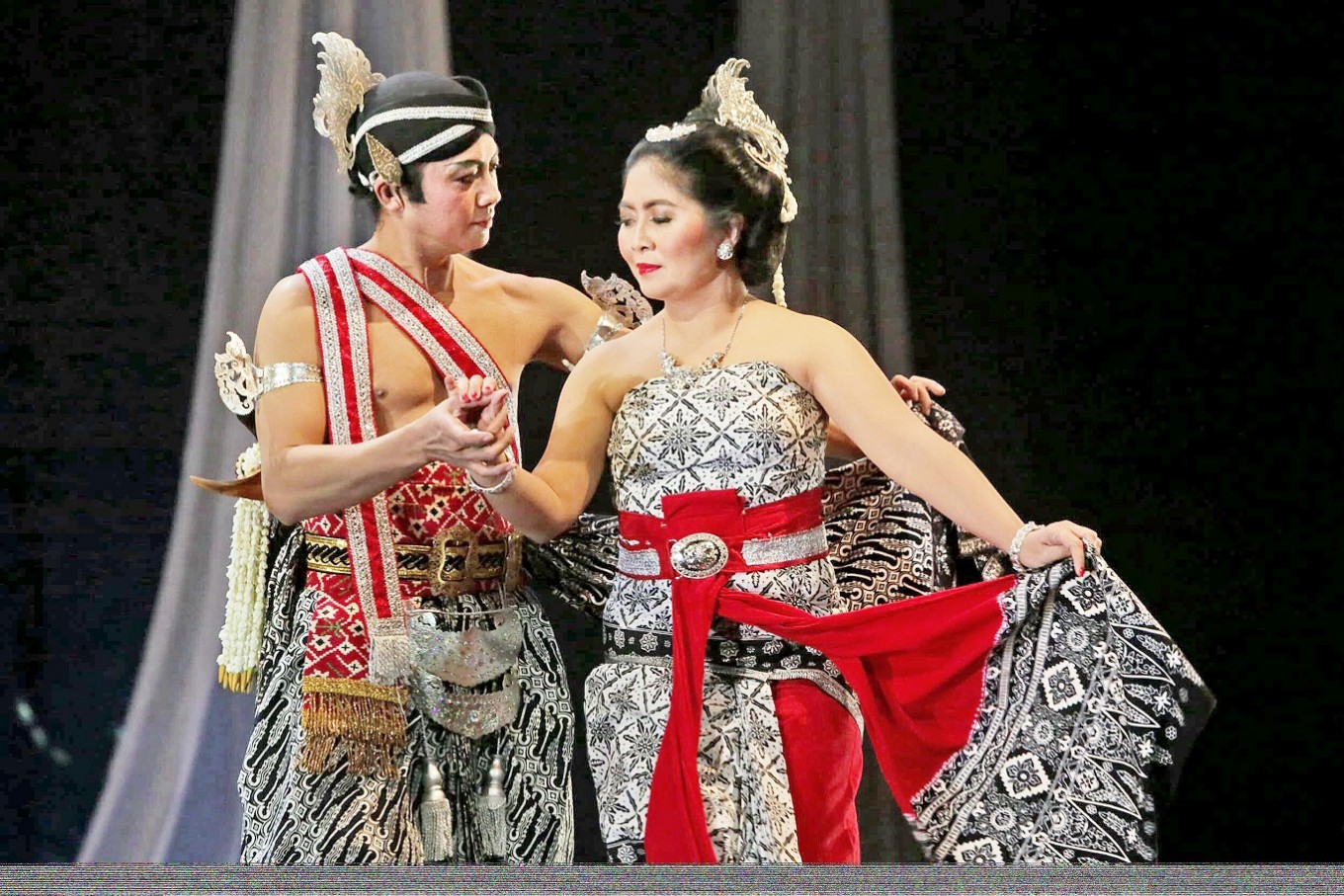 With love: Karna (Wasi Bantolo) tries to calm his wife Surtikanti (Rury Nostalgia) who questions his decision to join the Kurawas.(JP/Wendra Ajistyatama)
With love: Karna (Wasi Bantolo) tries to calm his wife Surtikanti (Rury Nostalgia) who questions his decision to join the Kurawas.(JP/Wendra Ajistyatama)
“We welcome fresh ideas, and I hope these changes will attract more young people to join and to share the efforts of preserving tradition and culture.”
Arka Suta was the fifth of Rury’s works after Bedah Madiun (2000), Kelaswara Tanding (2002), Kumala Bumi (2003) and Noworetno (2004). Rury has created and produced dances for this year’s Padneçwara’s anniversary, which also includes a photography exhibition.
Read also: Indonesian batik heritage on display in Surakarta batik museum
Arka Suta is one of many aliases of Karna, a half-god warrior in the Mahabharata religious writings. The son of Kunti and the god of the Sun, Karna is often depicted as a traitor for siding with the Kurawas in the epic battle against his own brothers, the Pandawas.
Together with puppeteer and wayang performance director Nanang Hape as the scriptwriter, Rury explored the other side of Karna as a man of integrity, fairness and his undying love toward Kunti who disowns him upon birth, his foster mother Nadha and his wife Surtikanti along with his inner conflict in witnessing Drupadi, the wife of one of the Pandawa brothers, being humiliated by the Kurawas.
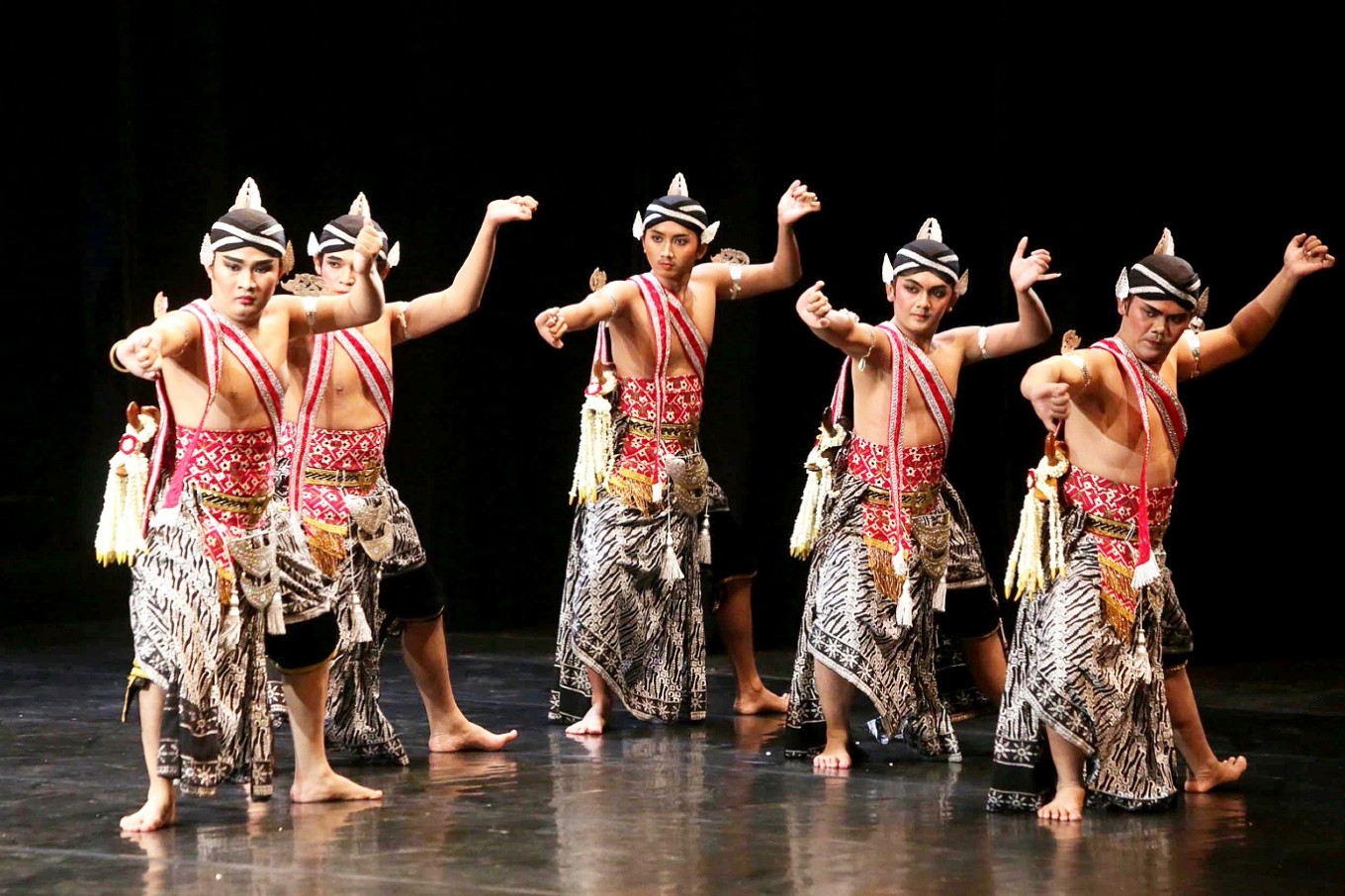 Hands up: The male dancers of Surakarta Indonesia Institute of Arts portray the Kurawas.(JP/Wendra Ajistyatama)
Hands up: The male dancers of Surakarta Indonesia Institute of Arts portray the Kurawas.(JP/Wendra Ajistyatama)
“I found Karna’s character to be interesting as he embraces the real values of a warrior who lives up to his words,” said Rury.
For the performance, Padneçwara collaborated with seven male dancers from the Surakartabased Indonesia Institute of Arts. Among them was noted classic dancer and choreographer Wasi Bantolo who portrayed Karna.
Besides Retno and Rury, the show also featured Ali Marsudi (as Arjuna), Fajar Satriadi, Nungki Kusumastuti, Yuni Swandiati, Mahesani Tunjungseta and Hanny Herlina. The artistic team was led by Rury’s father, Sentot Sudiharto, while the music — performed on a live gamelan — was arranged by Blacius Subono.
The performers sang the dialogs; some parts were delivered by the singers in the gamelan ensemble, which also used violins and saxophones to accompany dramatic scenes.
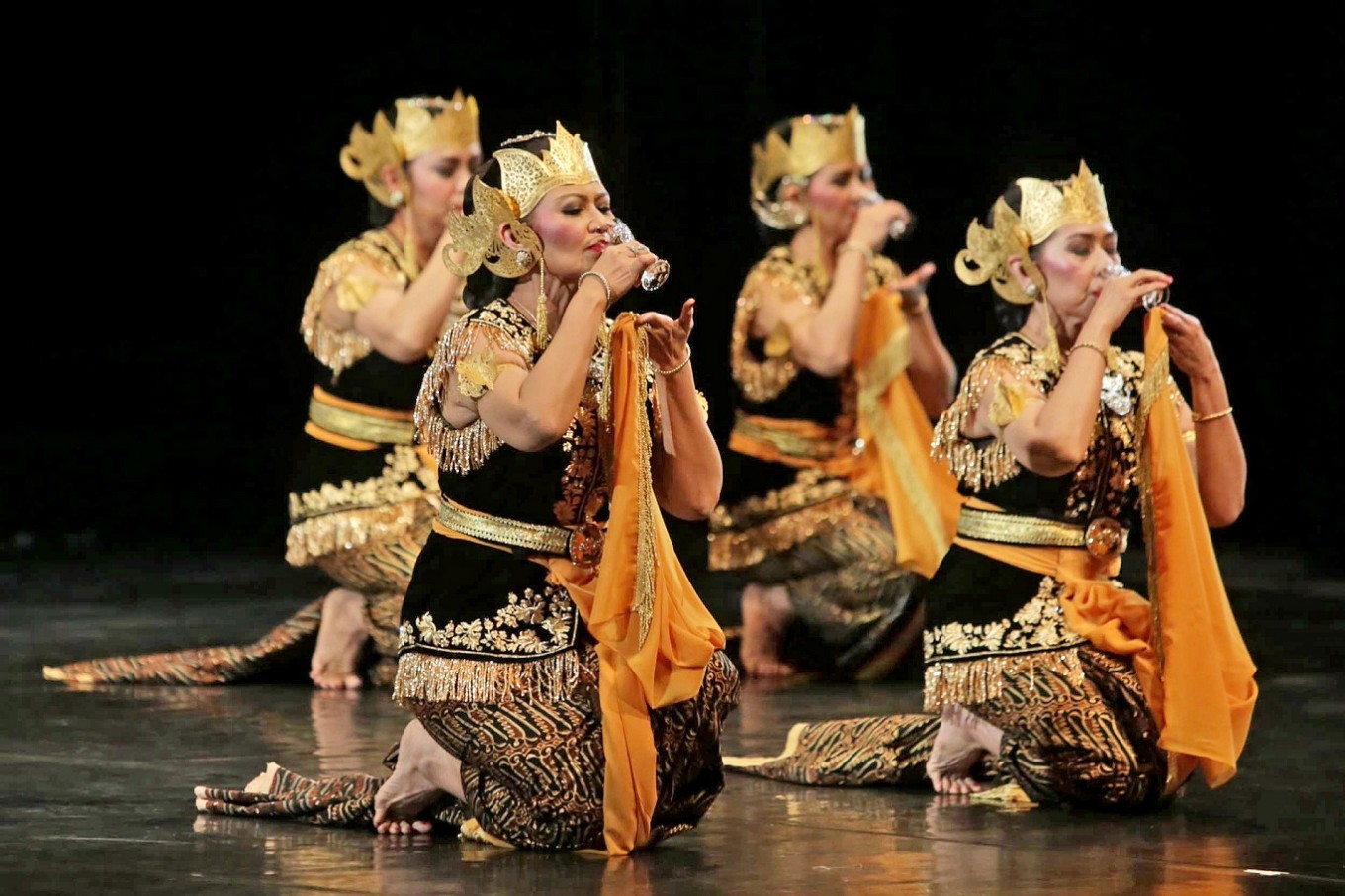 Bottoms up: Padneçwara dancers portray the Pandawa's army drinking together.(JP/Wendra Ajistyatama)
Bottoms up: Padneçwara dancers portray the Pandawa's army drinking together.(JP/Wendra Ajistyatama)
In the choreography, Rury combined classical Javanese dance with traditional dances from other Indonesian regions.
The contemporary nuance in the classical performance apparently attracted design artist Chitra Subyakto, to attend the performance.
Read also: 'Limasan': Java's magical architecture
“I’ve learned classical Javanese dance for 12 years, since I was 5 years old, but my father told me not to become a dancer. Watching this performance, I promised myself to join them on stage one day. I hope it will be soon,” she said.
Chitra acknowledged that the movement and the philosophy behind each move were similar to meditation.
“It calms you and teaches patience, it trains you how to breathe while staying in focus.”
The appreciation for the meditating part of the dancing was shared by the active members of the dance group, mostly career women.
“The members come and go because of their activities at work or because they get married and have babies. Not all of the members are Javanese and not all of them have mastered Javanese dance, but we share the same ideas and interact like a family,” said Rury.
“We’re here because we need to dance.”



